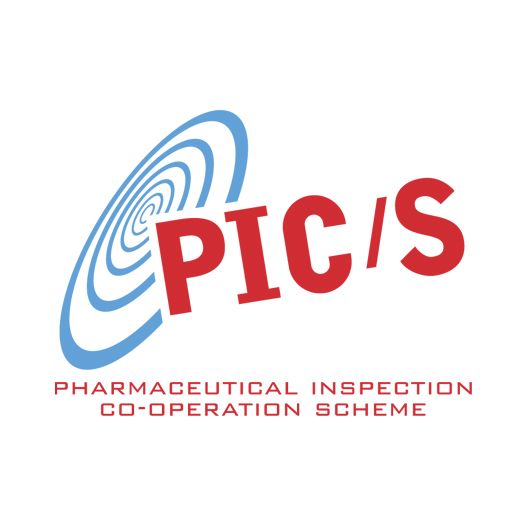A global Approach to Classification of GMP Deficiencies
21.11.2018

Most of the inspectorates do classify their findings. In the European Union (EU) for example, the "Compilation of Community Procedures on Inspections and Exchange of Information" is a tool to standardise procedures for GMP-inspectorates and defines the nomenclature of "Significant Deficiencies". This system for categorising deficiencies is used in every EU Member State and the pharmaceutical companies are familiar with this system.
It defines the following categories:
- Critical deficiency
- Major deficiency
- Other deficiency
However other inspectorates - like the U.S. FDA - do not use such a system for classification. But to classify observations can create an objective picture of the inspected company. A uniform system of categorisation for findings supports a comparison of observations of different inspectors and inspectorates. It also helps to compare and exchange inspection reports between different inspectorates.
Now, The PIC/S Committee adopted a new Guidance on Classification of GMP Deficiencies (PI 040-1), developed by the PIC/S Working Group on Classification of Deficiencies, chaired by Australia / TGA (source: PIC/S press release). After implementation, the guidance will provide a tool to "support the risk based classification of GMP deficiencies from inspections and to ensure greater consistency amongst inspectorates". The idea is to help ensuring consistency across inspectorates of what constitutes a "critical" deficiency and what constitutes a "major" deficiency.
The guidance enters into force on 1 January 2019 and will be published on the page "Publications" prior to its entry
The U.S. FDA is also member of PIC/S, and it will be interesting to see whether (and when) the agency will adopt this procedure.
From: www.gmp-compliance.org

